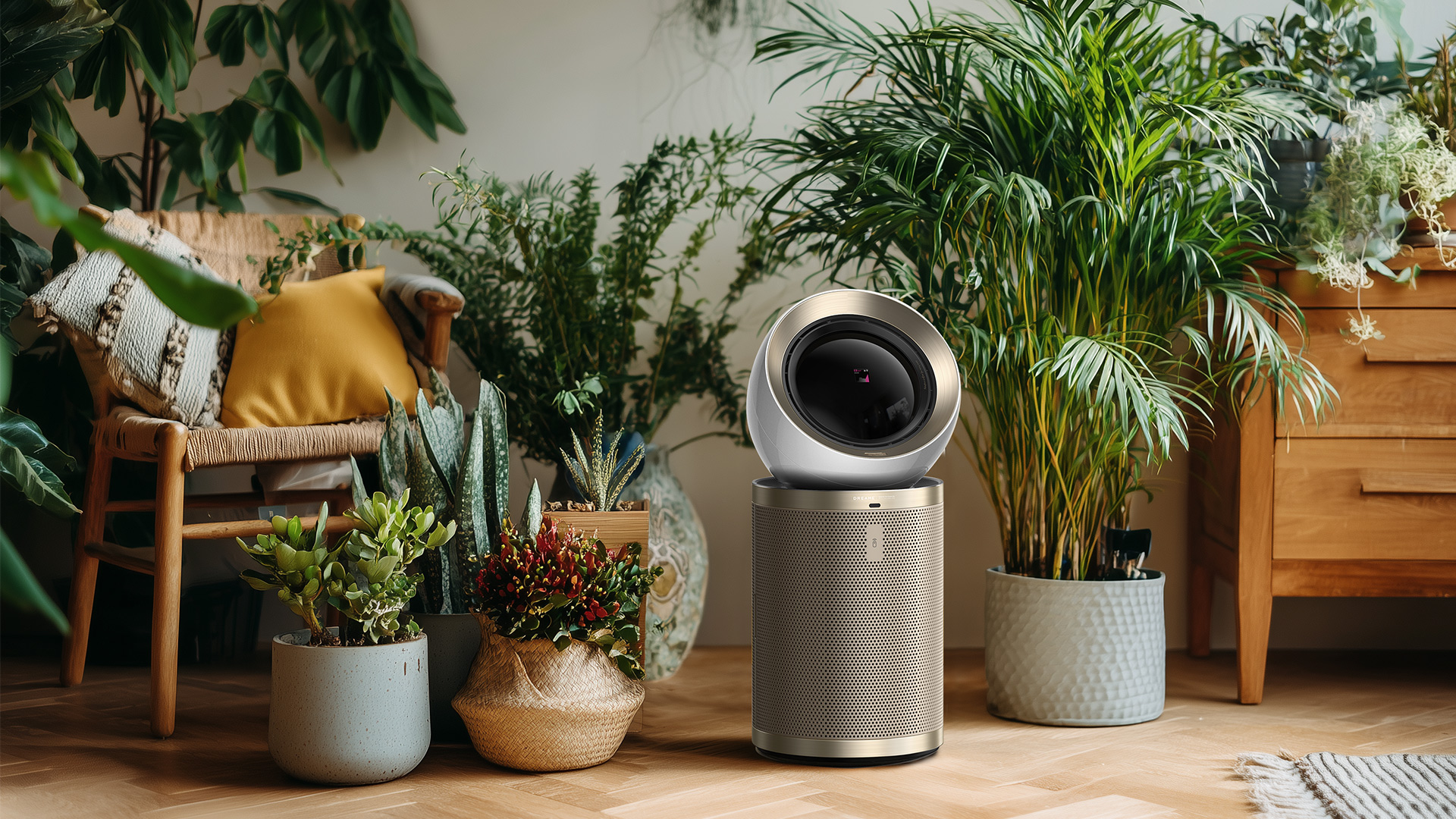
Whether you’re at home or work, chances are you’re spending long hours indoors. The concern with the air you breathe thus arises for more hours in a day. If the air is stale, then expect tiredness, headaches, or a plain old bad feeling. The good part is that nature offers an easy way to help. You can bring in plants that clean the air. Some houseplants act as natural filters, eliminating benzene, ammonia, and formaldehyde. The Clean Air Study conducted by NASA in 1989 demonstrated that these plants help remove chemicals from the air. They take in dirty air through their leaves and roots. Then they give out fresh oxygen. Some also make the room less dry by adding moisture to the air.
This guide shows you some of the best indoor plants for cleaning air, which help clean the air in your home. They make your home pretty and help you breathe better air.
The 10 Best Indoor Plants for Cleaner Air Are:
- Snake Plant
- Peace Lily
- Spider Plant
- Pothos
- Aloe Vera
- Boston Fern
- English Ivy
- Areca Palm
- Dracaena
- Bamboo Palm
Snake Plant
The snake plant can take out formaldehyde and benzene from the air. It also gives off oxygen at night. This makes it a good choice for the bedroom. It needs very little care. Place the snake plant in a corner with low light and water it when the soil feels dry.
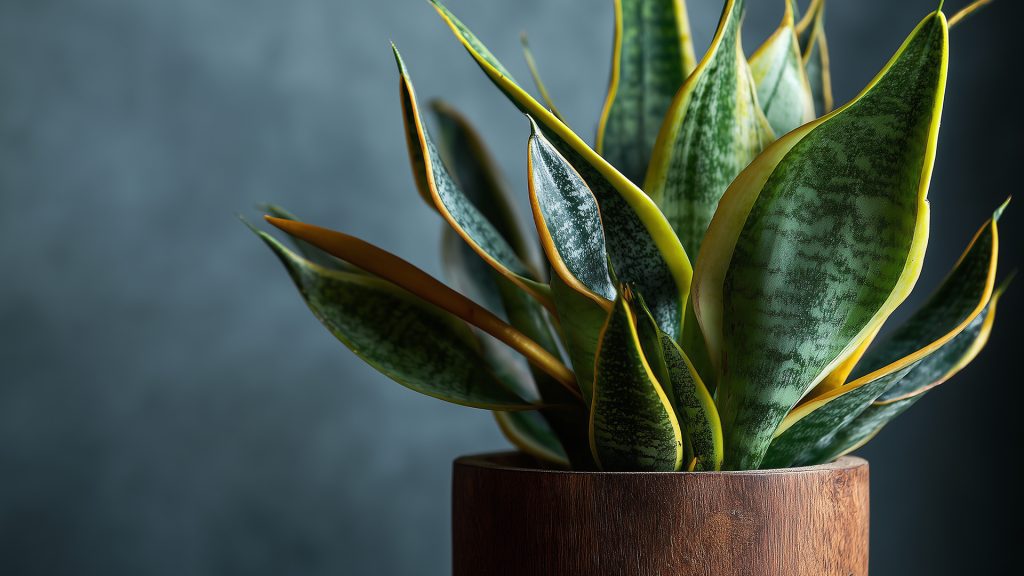
Peace Lily
The peace lily helps remove benzene and ammonia. It also lowers the level of mold in the air. It gives the room a calm and pretty look. Keep the peace lily in a shaded spot. Water it once the top of the soil dries.
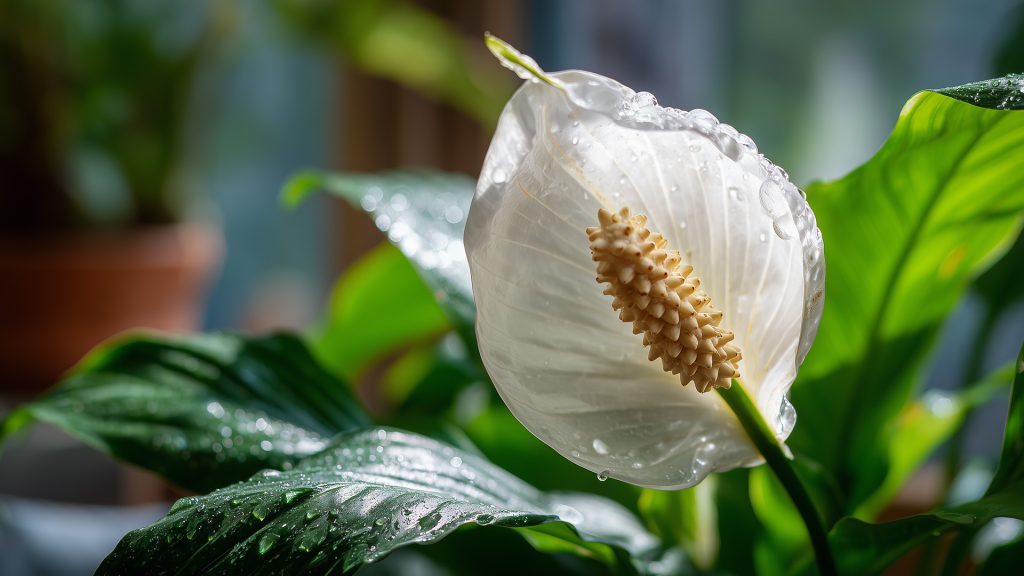
Spider Plant
The spider plant helps filter out carbon monoxide and formaldehyde. It is safe for homes with pets. This plant grows well in hanging baskets. It likes bright but soft light. Water it a few times a week to keep it happy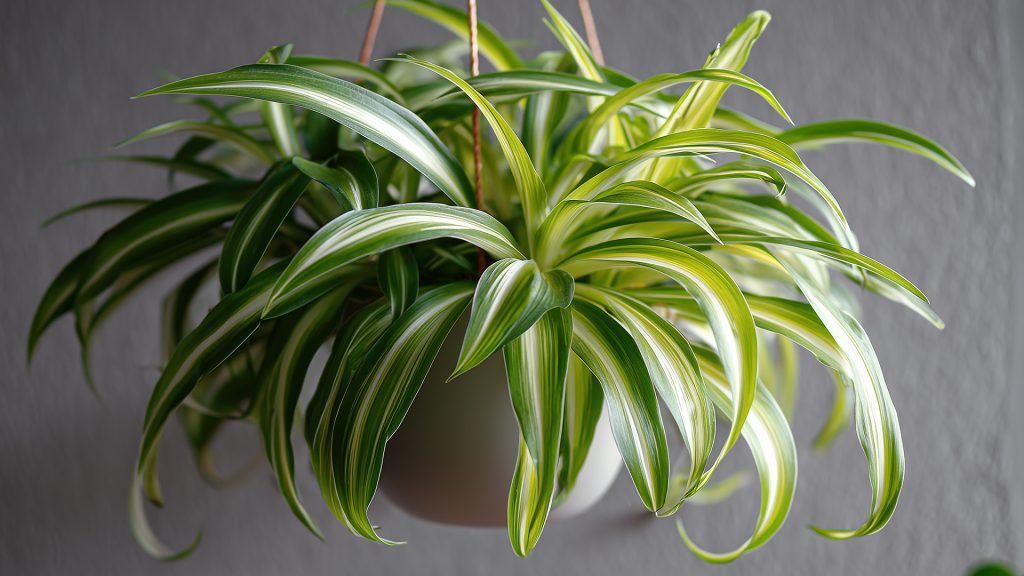
Pothos
Pothos removes formaldehyde and is a top choice for beginners. Its trailing vines add charm to your space. It tolerates low light and water, but only when the soil gets dried out. Even if you forget to water pothos for some time, don’t worry.
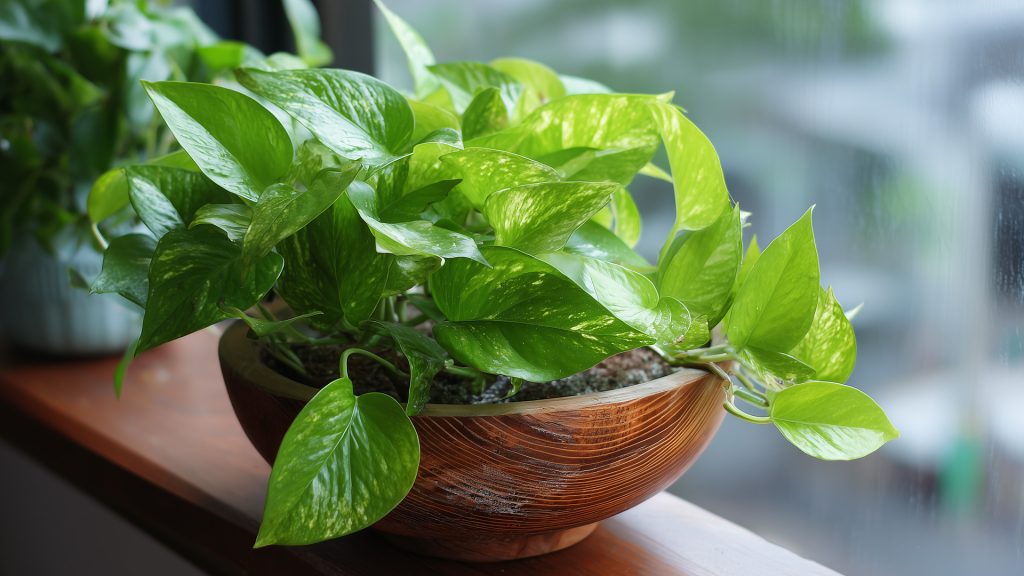
Aloe Vera
Aloe vera clears formaldehyde and also helps treat small cuts or burns. It gives you fresh air and first-aid help in one plant. Place it in a sunny spot. Do not water it too often. Let the soil dry out between waterings.
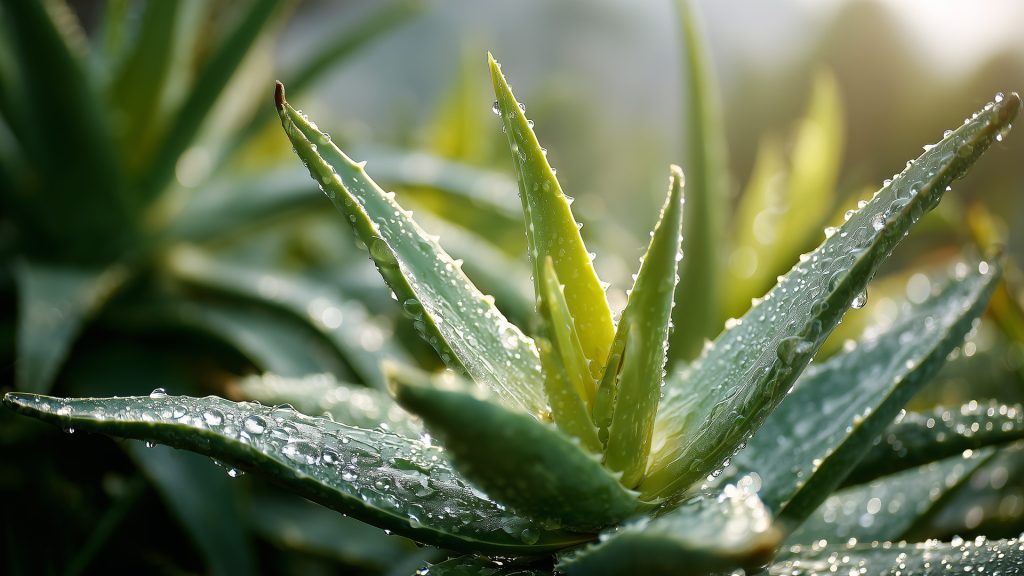
Boston Fern
The Boston fern helps clean xylene from the air. It also keeps the room from feeling too dry. It enjoys cool rooms with some shade. Water it often and spray the leaves with water to keep them fresh.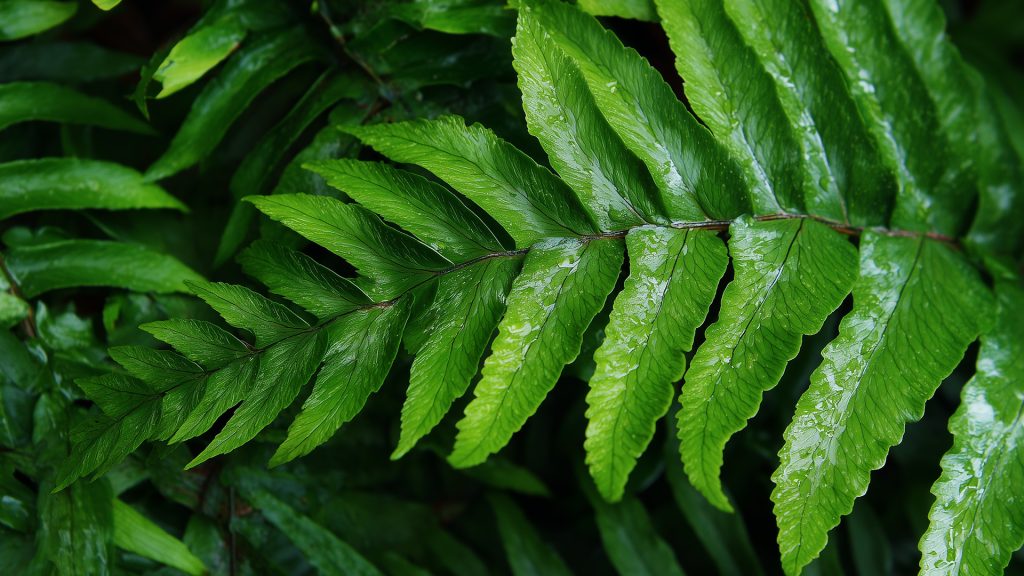
English Ivy
English ivy targets benzene and mold. It fits well in smaller rooms and adds a nice touch to shelves or corners. It grows well with medium light. Keep the soil moist and trim the vines to control their size.
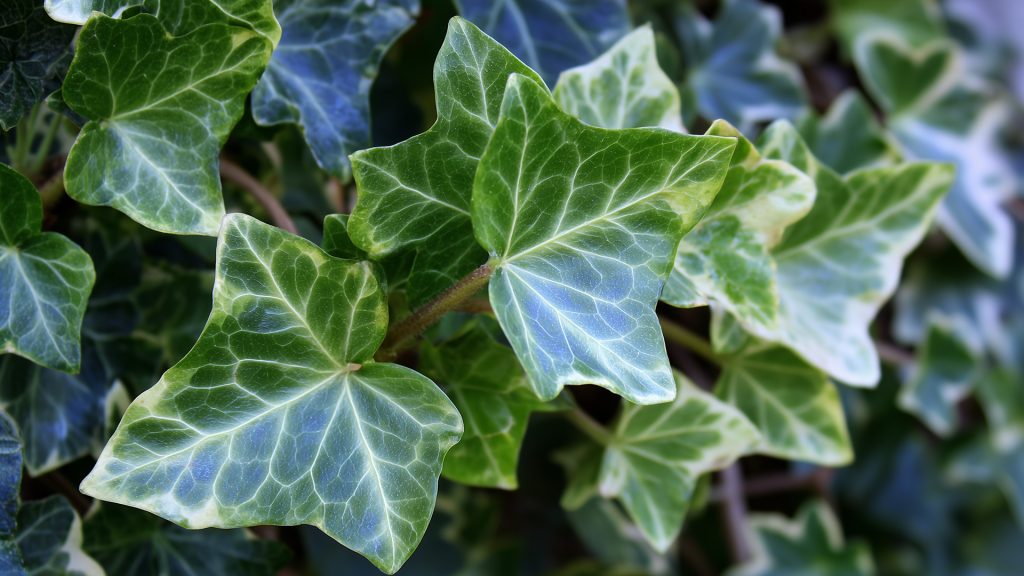
Areca Palm
Areca palm filters toxic xylene and toluene, plus it makes the space look bright and calm. Enjoys indirect sunlight and wet soil. Don’t let the soil go too dry or stay too wet.
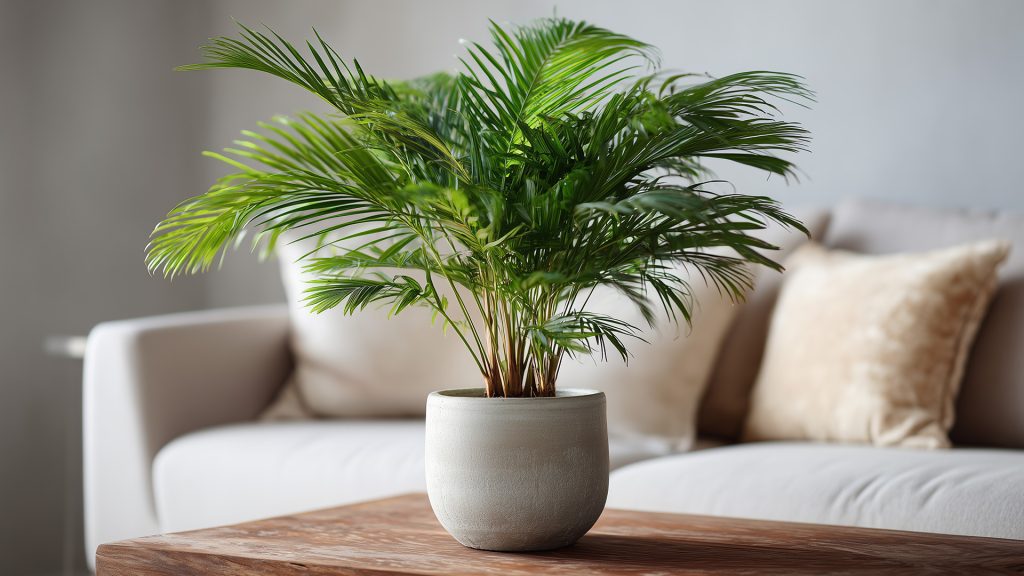
Dracaena
Dracaena plants come in many types. They clean out trichloroethylene and other harmful gases. Their tall look makes them great for corners. They grow fine in medium light. Let the soil dry a bit before watering again.
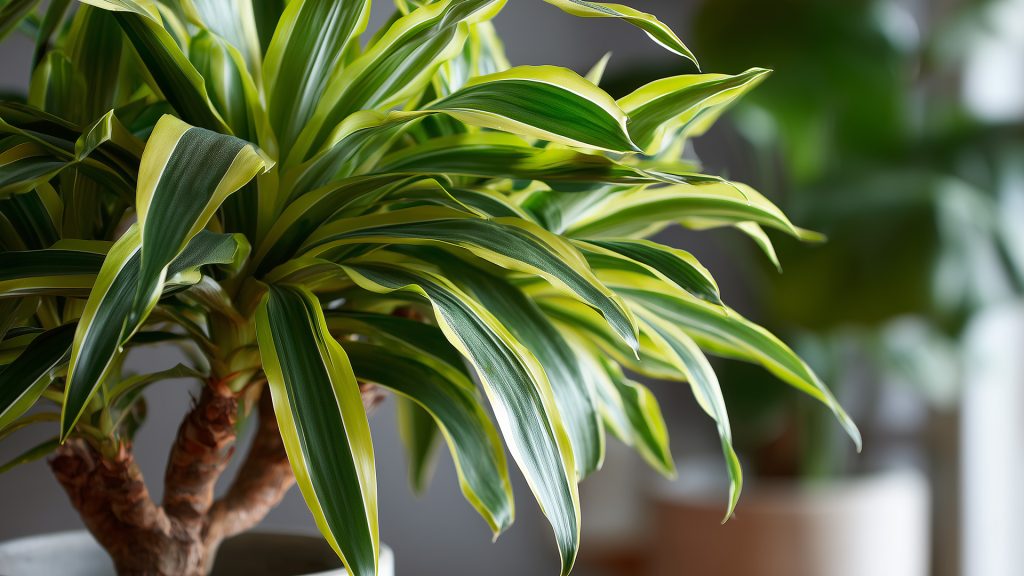
Bamboo Palm
Bamboo palm takes care of formaldehyde. Being in low light, it becomes a meditative element in the house. Water frequently to maintain moist soil. Avoid waterlogging by providing good drainage.
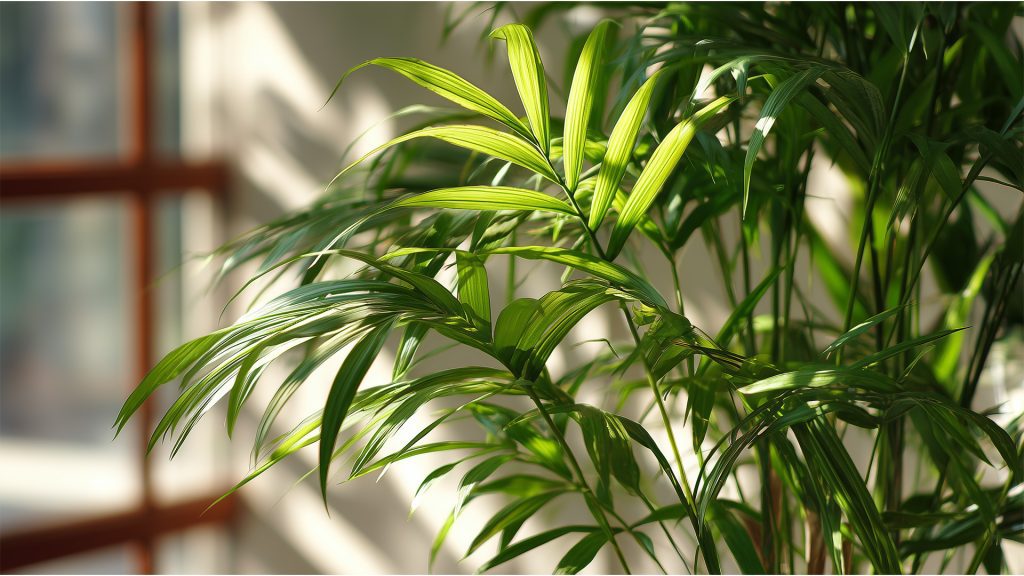
Apt Tips for Air Purification Plants
To achieve the maximum air cleaning potential of these plants, it is advisable to place one per one hundred square feet. The plants should be placed in areas of high use and where you spend a lot of time-a living room, bedroom, or study. Wipe the leaves to keep them clean. Dust can hinder the plant’s operation. Give each plant enough water and sunlight so it can grow strong and help clean the air.
Air Purifier vs. Plants: What Else Can Help You Purify the Air?
Air-purifying plants are a natural and aesthetically pleasing way to enhance your home’s appearance while providing some air-cleansing benefits. They can take in certain toxins, add a touch of humidity, and certainly make a space feel more serene. But when it comes to truly purifying the air you breathe, plants are limited. Most common houseplants only filter tiny amounts of airborne pollutants, and they do it very slowly. You’d need a small jungle in every room to notice any significant change. Bringing in fresh outdoor air can help, too. Cracking open windows when the air outside is clean lets stale indoor air out and invites a fresh breeze in. However, this isn’t always practical, especially if you live in a city or an area with high pollution, where the outside air isn’t perfect to begin with. This is where air purifiers truly shine.
Unlike plants, these devices offer a powerful and precise way to control your indoor air quality. Take the Dreame AirPursue PM20, for instance. It boasts an advanced four-layer filtration system that captures microscopic particles as small as 0.3 microns. This means it’s effectively tackling dust, pollen, smoke, pet dander, and those pesky volatile organic compounds (VOCs). Plus, its Even Purification feature ensures that clean air isn’t just trickling out but is circulated evenly throughout your entire room, providing consistent coverage that plants or open windows simply can’t match. Therefore, when comparing air purifiers to plants, the most effective approach is to use both.
Think of your plants as lovely, subtle helpers for enhancing your home’s ambiance and improving the air quality. The air purifier, on the other hand, is your robust, front-line defense, especially crucial if you deal with allergies, respiratory sensitivities, or have pets. Together, they create a genuinely healthy and inviting indoor environment, enabling you to breathe more easily.
Conclusion
Air-purifying plants not only improve your air quality but also create a calming atmosphere in your home. They clean the air, lift your mood, and bring life into your space. You do not need many to start. Try a snake plant or pothos first. These are easy to grow and do not ask for much. For even cleaner air, Dreame gives extra help. You can use both plants and innovative tools to feel healthier at home. Visit Dreame’s blog for more simple tips to keep your home clean and peaceful.
References